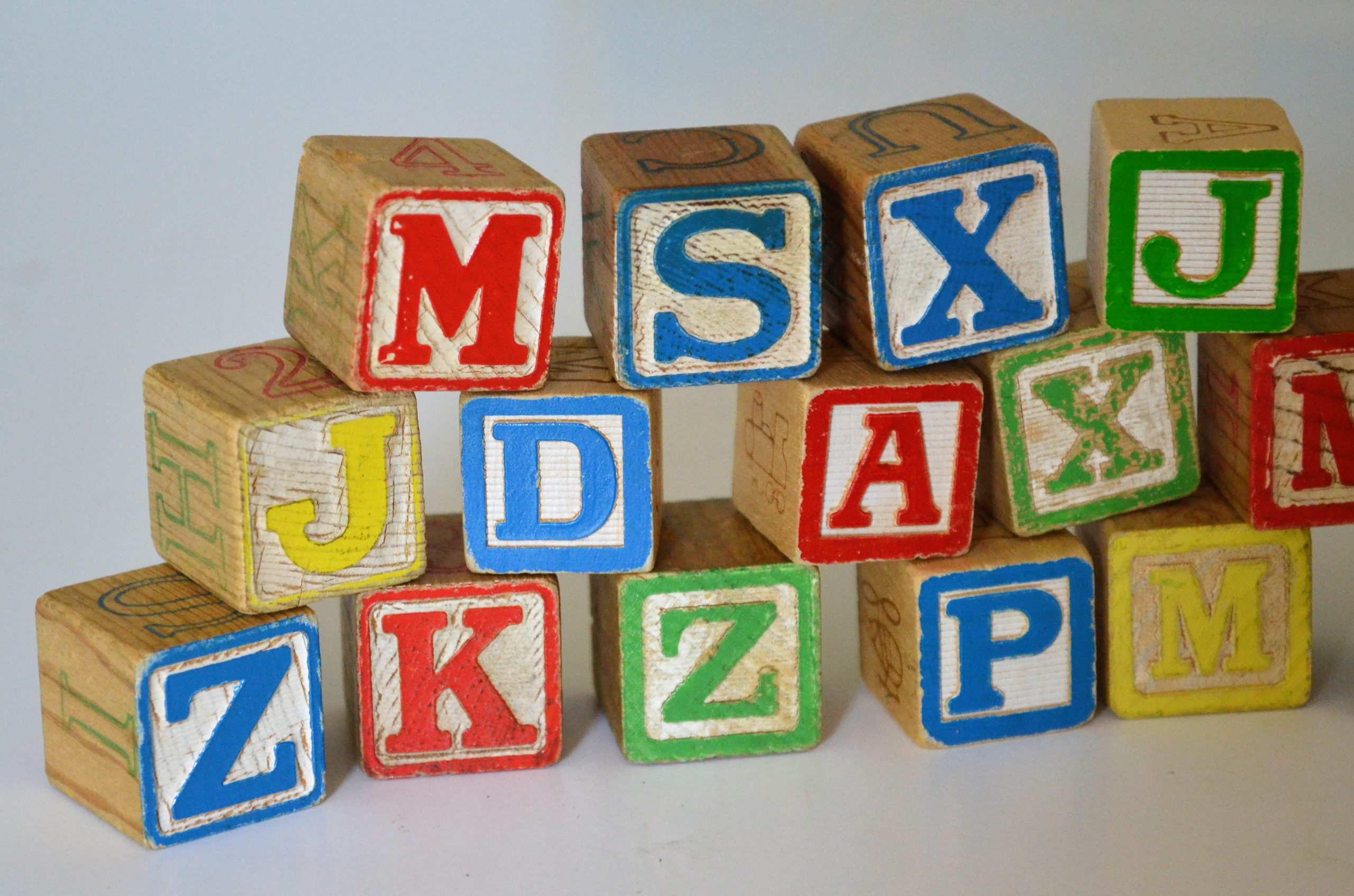Note that the target age group for this post is 0-6 months old.
This is a very exciting time in your little one’s development as you are probably waiting for him or her to start making sounds which aren’t crying, haha! Each step in development plays a critical role in helping a child reach the next level. Think of each developmental milestone as a foundational block that is fundamental to a structure.
In this post, I will discuss three modes of early communication that are displayed by 0-6 month olds: crying, cooing, and babbling. Learn more about what each method of communication looks like, why it is important to achieve each of these building blocks, and what you can do at home to interact with your little one. Feel free to navigate your way around this article using the links below!
| Table of Contents |
|---|
| Crying: What it is and why it is important |
| Cooing: What it is and why it is important |
| Babbling: What it is and why it is important |
| Let’s Water the Sponge! |
CRYING
Okay, I know I said no crying, but this is actually quite a pivotal part of childhood development. Crying is your child’s very first method of communication with you. Don’t underestimate the power of the wail from a newborn babe! Once a newborn figures out that you respond to his cries, then he will learn to vary his cry patterns. THIS IS THE KEY. In the early days after your child is born, you will likely be able to differentiate a poopy diaper cry from a hunger cry from an “I need to go the f*** to sleep” cry. Not to scare you as a parent into overanalyzing everything your child does, but be alert to the following:
Research has shown that babies who are diagnosed with the Autism Spectrum Disorder (ASD) later on in life did not display different cry patterns as infants.
This research is a bit scary; yet powerful. Researchers noted that parents were unable to differentiate different cry patterns and were constantly frustrated because they were unable to tell what their child needed. How does this link to ASD? Well, kiddos who present with ASD typically have difficulty with social skills. As such, as infants, these children are unable to learn through natural means that they have the power to communicate their needs to their parents/caretakers.
I only share this with you as parents because I think it is important to be equipped with as much knowledge as possible when raising kids, even if that knowledge frightens or worries us. In the world of speech and language development, it is always best to know if something is amiss sooner rather than later.

COOING
Babies begin to coo around a few months of age. What exactly does “cooing” mean? A coo is usually a soft sound made by the baby, typically a vowel sound. This early step is an important one in development because not only is your little one exercising her fine motor skills, she is also learning that others will react to noises that she makes in a social manner. Take advantage of this early stage of development and really dig into your natural “motherese” (a term which refers to the manner in which adults naturally shift their intonation and voice to be more light-hearted when interacting with babies.) Act silly, coo back, gaze lovingly into your little one’s eyes. Even at this age, yes, your baby’s mind is a sponge and soaking up all of your love and attention!
BABBLING
One day, a month or two or maybe three, later, your baby will start to produce consonant sounds! WOW! Things are getting even more exciting in your household! So what is babbling? Babbling is when a baby starts to string together a consonant sound with a vowel sound. Something as simple as “ba”, “da”, “ga”, “ya”, or “ma” for instance. Babbling is a foundational block for speech sound development. It can happen anywhere between 6 and 9 months, maybe a little earlier, or even a little later. Keep your ears peeled for these sounds!

LET’S WATER THE SPONGE!
How can you support your child at home if you are anxiously waiting for him to complete one of these steps?
- For crying patterns, I do not know if there is anything you can do to teach an infant how to cry for what they desire – I would venture not. However, that being said, you will be aware that your child might end up with social deficits in the future. As such, be prepared to break down social situations for your child (greetings, emotions, appropriate statements). These are things we would teach our children anyway, but your child might need extra help and attention on this topic.
- In regards to cooing, I recommend talking to your child often and making noises. Singing to him or her will be helpful, particularly if you sing the same songs over and over so that he/she becomes familiar with it. To be honest, just loving your child the best way to know how to will aid in eliciting cooing. Don’t fret too much about the cooing!
- Finally, with babbling, as with cooing, singing can really help. One great tip is to pick a song, such as “Row, Row, Row Your Boat” and replace each word with the targeted sound. So, if you really want your child to start saying “da”, then you can try singing the song with “Da, da, da, da, da” instead of the real words. As with anything learning-related, repetition is key. Also, just because you are trying to teach “da” does not necessarily mean that your child will say “da” first. Children have minds of their own, haha! He might say “ma” or “pa” instead. In spite of this, you can of course still work on “da” with him!
Please see my next post for more information on babbling and the next steps thereafter! Please SHARE this post! Also, feel free to drop a comment below:


